Cats, much like us, possess distinct personalities and characteristics. There’s no universal “normal” cat behavior. While you can expect certain behaviors from many cats, each one remains individual. Their mood and environment, much like ours, influence their actions and habits. Through their natural behavior, cats are subtly guiding us to learn important lessons. However, that doesn’t mean they can’t adapt to behaviors that benefit everyone in the household. If your cat is excessively grooming, scratching destructively, or causing disturbances at night, there’s hope. Early intervention, whether with veterinary support or a behavioral specialist, can help turn around any troubling cat habits.
When They Zoom Around the House
After a tiring day, you’re eager to relax, maybe take a shower, and head straight to bed. Suddenly, in the middle of the night, you hear strange noises, and your cat bursts into the room as if it’s being chased by a pack of dogs.
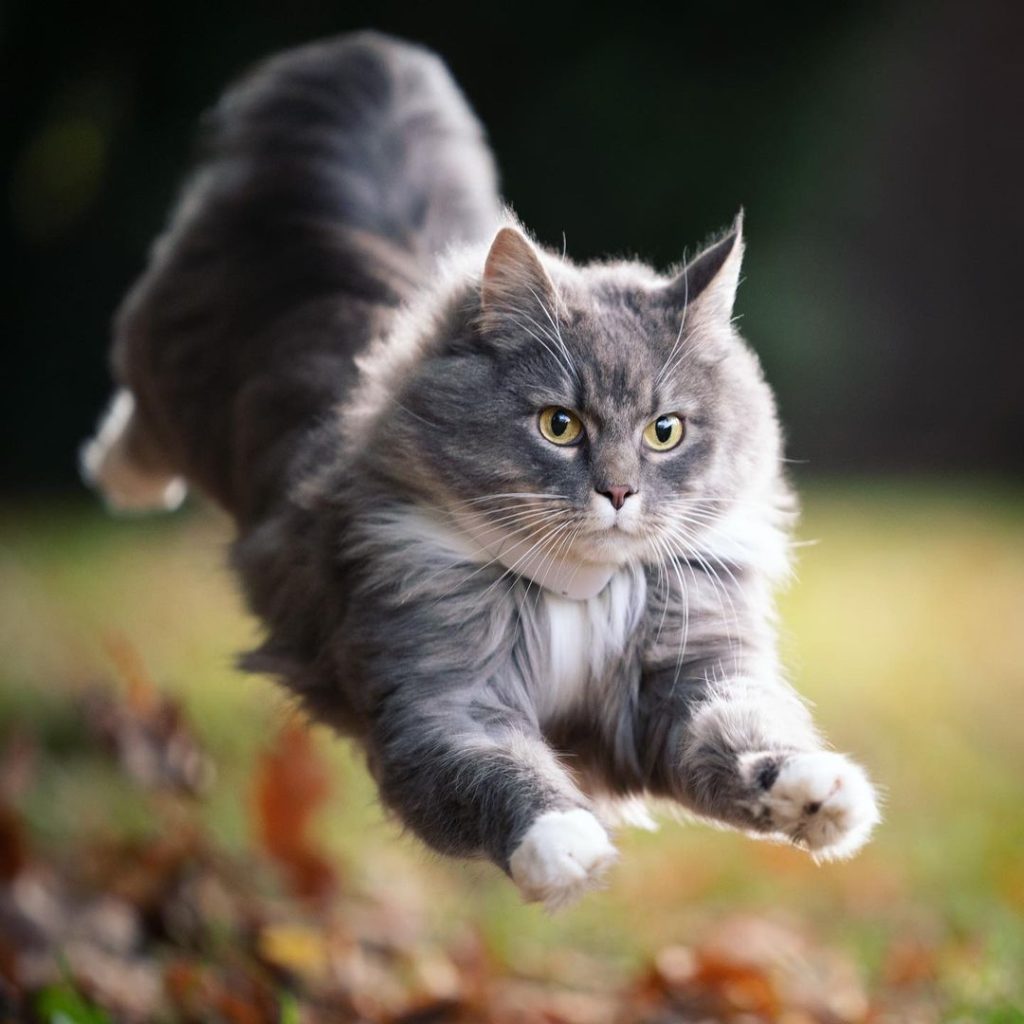
Cats are bundles of energy, and without the chance to hunt, they need an outlet. Your home, lacking space for them to roam freely, becomes their playground. If this happens, make time to play with your cat to help release that pent-up energy.
Sniffing Your Face
Cat owners know the feeling when their cat suddenly presses its face into theirs. It can catch you off guard, but over time, it becomes comforting as you feel the soft rub of their face. What is this delightful sensation?

Your face serves as an ideal place for your cat to pick up your unique scent. This is their way of connecting with you, reassuring themselves that you are their familiar human, not a stranger.
Chattering
On a warm summer evening, with birds chirping outside, your cat suddenly starts chattering its teeth when it spots a bird through the window. The sound is similar to a toy motor malfunctioning.

Some experts believe this noise expresses frustration, as the cat is unable to catch the bird, no matter how hard it tries. Others suggest that it’s a natural reflex to warm up their muscles before a chase.
Claiming Your Things as Their Own
Almost every cat owner has experienced the interruption of their cat during work. Whether you’re reading, writing, or working on something important, your cat doesn’t seem to care.

Cats do this because they notice you’re engaged with something, and they want your attention. By getting in your way, they ensure they’re the focus. They might also leave their scent on your belongings to mark their territory. A quick cuddle usually solves this.
Boxes, Not Beds
No matter how luxurious the cat bed you buy, your cat won’t stay in it. Even though there are comfy spots around the house, you’ll often find your cat curled up in a box or small confined space.
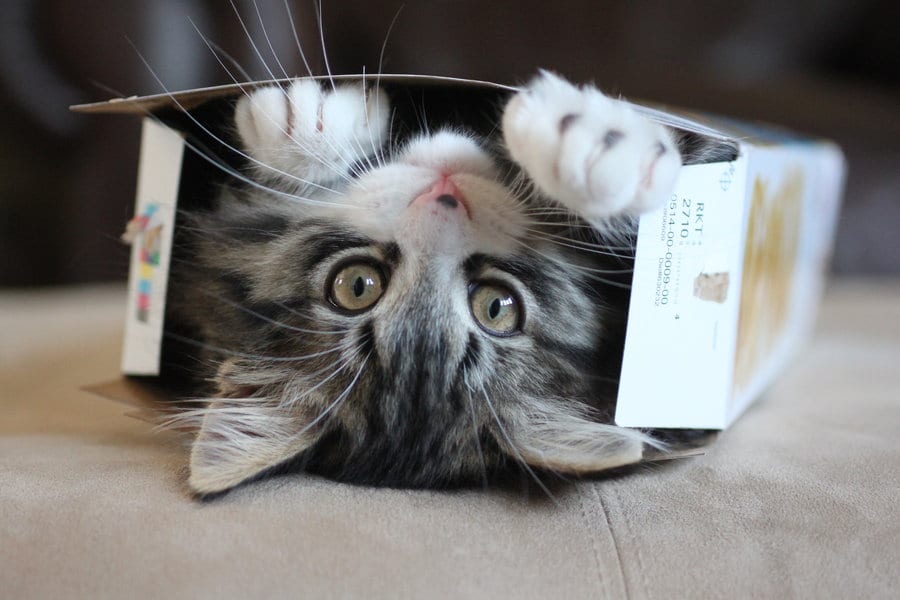
This behavior stems from their need to feel secure. Wild cats seek refuge in caves or tight spaces to escape perceived threats. Even though there’s no danger at home, small, enclosed spaces make them feel safe.
It’s Not Bread Dough
Despite what it may look like, your cat isn’t pretending it’s working in a pizzeria. A kitten’s instinct is to knead on its mother’s body to stimulate milk production, and this behavior carries into adulthood.
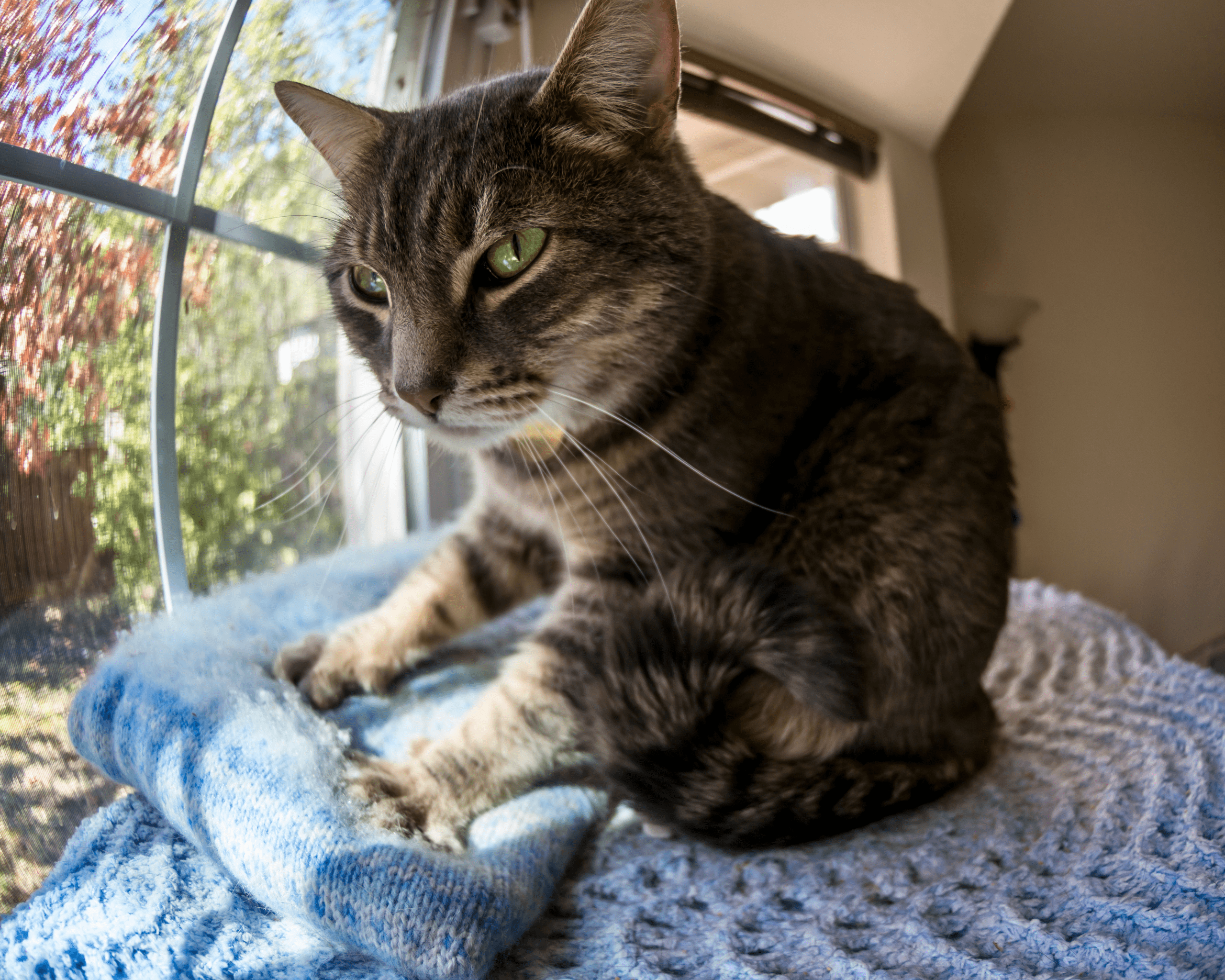
Even as adults, cats knead soft surfaces (including your body) as a comforting gesture. It’s believed to express contentment or relieve stress, offering them a sense of security and happiness.
Rolling Around
Have you ever noticed your fluffy cat rolling around on the floor? There are several reasons behind this behavior. Cats only expose their bellies when they’re fully relaxed, as it’s a vulnerable position.
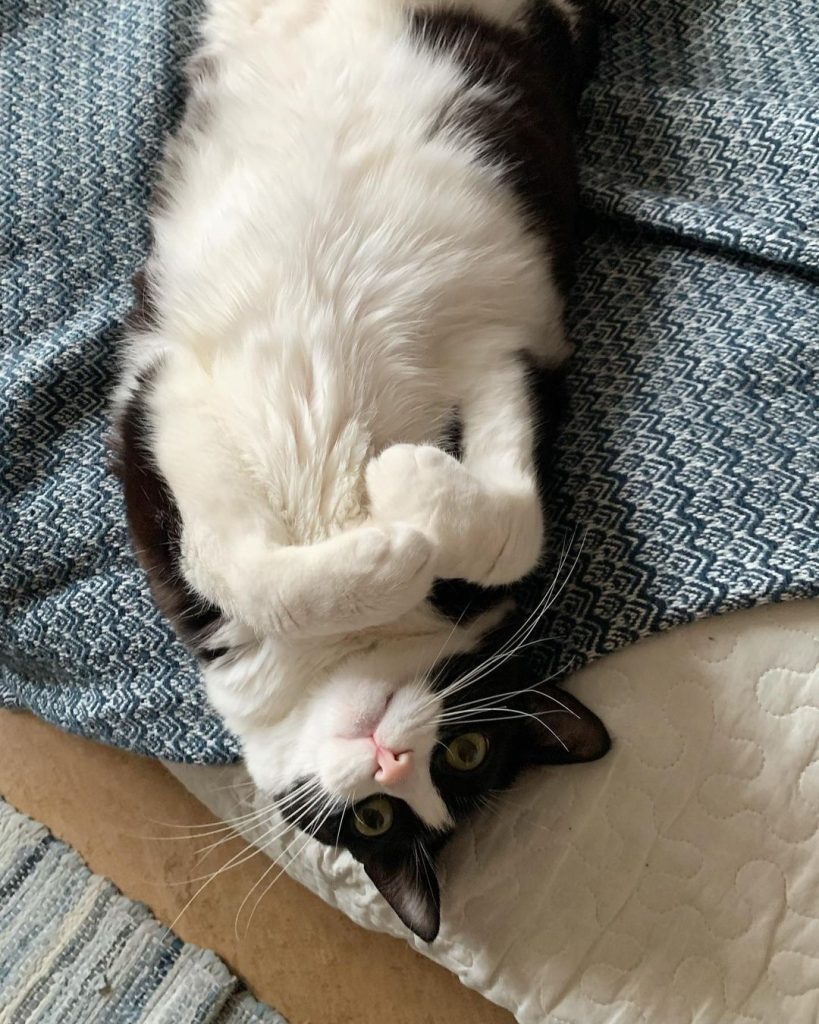
Rolling can serve multiple purposes: it could be an invitation for play, a way to stretch their muscles, or a method of marking their territory. As they roll, they leave their scent behind, indicating their presence.
Giving You the Silent Treatment
Unlike dogs, who often respond immediately when called, cats maintain a certain level of pride and independence. They recognize their name and your voice but won’t always respond right away.
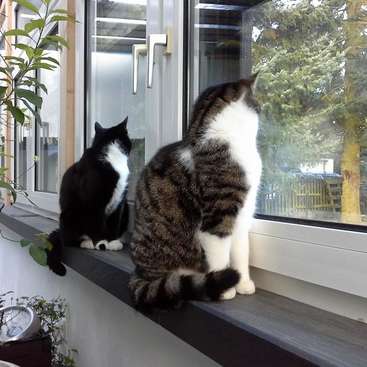
Cats prefer to show affection when they feel like it, not necessarily when you call them. Don’t worry; they’ll come to you when they’re ready to play or seek attention.
Late-Night Opera Performances
As much as we adore our cats, those nighttime vocal performances right after you’ve fallen asleep can leave you questioning your choices.
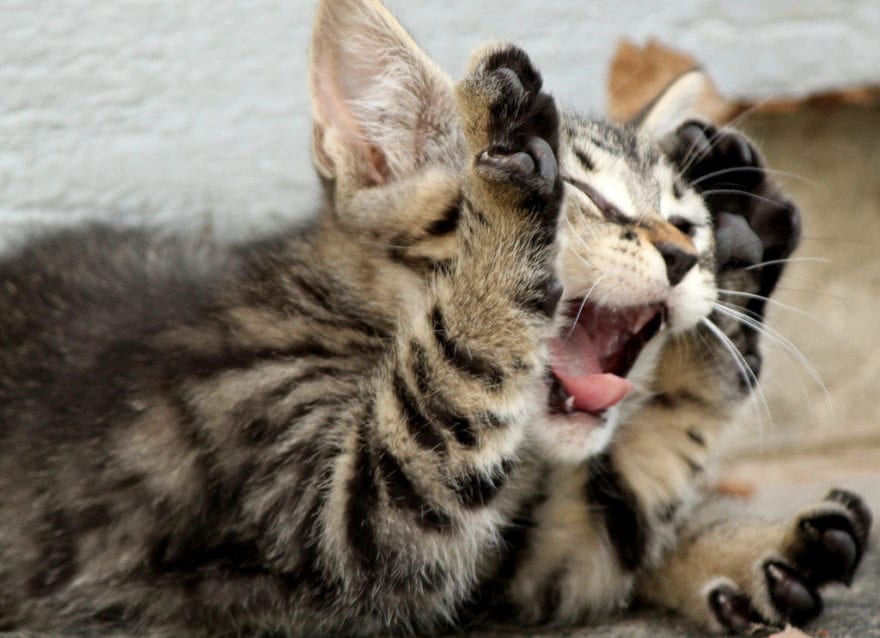
These nighttime noises may be attempts at hunting or expressions of frustration when no prey is found. A good play session before bedtime can help tire your cat out, leading to a quieter night for you.
Let Them Sleep
There’s a reason your kitten seems to sleep constantly. During sleep, their bodies release growth hormones essential for their development, which is why kittens sleep more than adult cats.
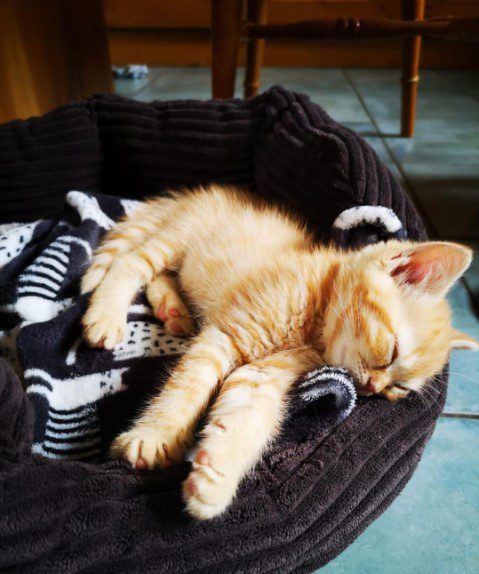
Cats, like us, also sleep when they’re bored or have no activities to engage in. If you’d like them to stay active, give them some playtime to keep them entertained.
Teething Troubles
Pica is a condition where cats chew on non-food objects, such as plastic. If this happens frequently, it’s advisable to consult a veterinarian without restricting your cat’s behavior.
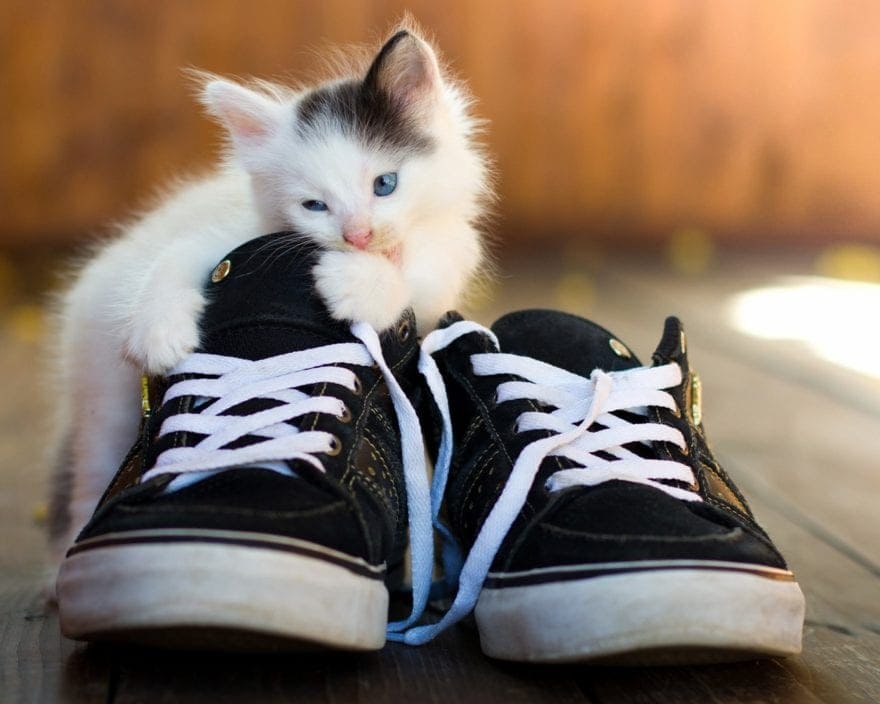
The cause of pica remains unclear, but it might be due to nutritional deficiencies or stress. Cats chew on non-food items to relieve anxiety, though this can eventually harm their digestive system.
When They Present Their Bum
There you are, relaxing on the couch, trying to cuddle your cat, but it keeps squirming away and showing you its rear. What did you do to deserve this peculiar gesture?
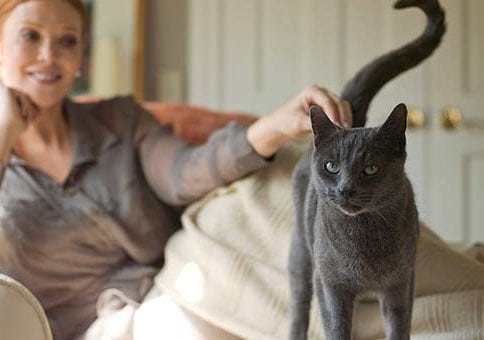
Although it may seem rude, a cat presenting its rear is actually a sign of trust. By lifting their tails and showing their backside, they’re offering a sign of affection and readiness to interact with you. Consider it a compliment!
Following You to the Bathroom
After a lively Friday night out at the pub, you head back home with your friends, and as you make your way to the bathroom, your tabby follows you as if it’s on duty, protecting you.
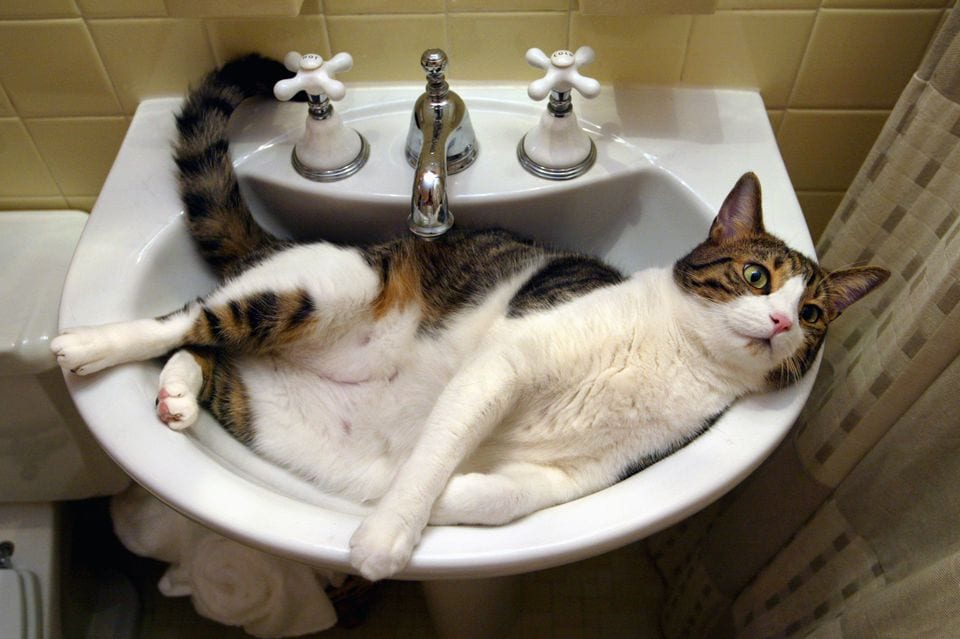
Researchers suggest that cats trail their owners because they feel vulnerable, while others believe it’s simply their curious nature. It’s possible your cat knows that if it’s with you in the bathroom, it will have your undivided attention.
Appreciating the Unwanted Gift
There’s nothing quite like stepping on a dead mouse first thing in the morning to give you a jolt. While your cat is playing its part in controlling pests, this surprise is enough to make you question its behavior.
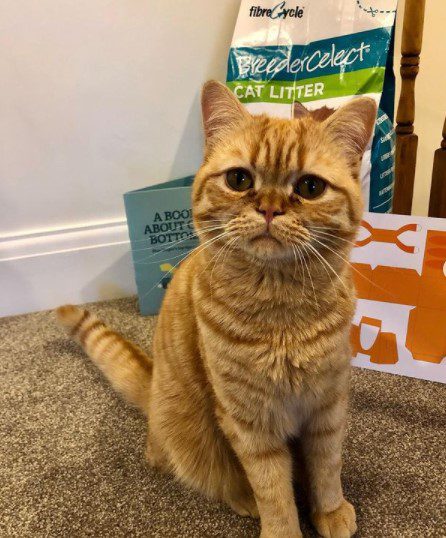
If your cat does this, it’s likely considering you part of its family. They learn this from their mothers and might be showing appreciation or just seeking your attention.
Head-Pressing Behavior
Ever found yourself pressing your head against the wall when frustrated? Cats have a similar behavior, where they randomly push their heads against surfaces. Maybe they’ve learned this from you.
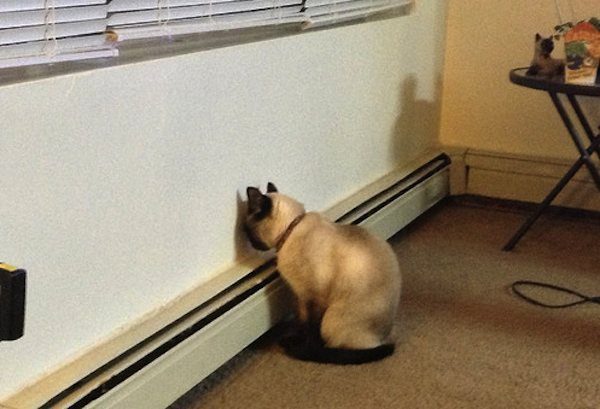
If this action is accompanied by unusual sounds or behavior, it’s essential to visit a vet, as it could indicate nerve damage from trauma, poisoning, or other health issues.
Covering Up Their Waste
One of the reasons cats are seen as more hygienic than dogs is their instinct to bury their waste in the litter box. In the wild, they do the same by hiding it under dirt.
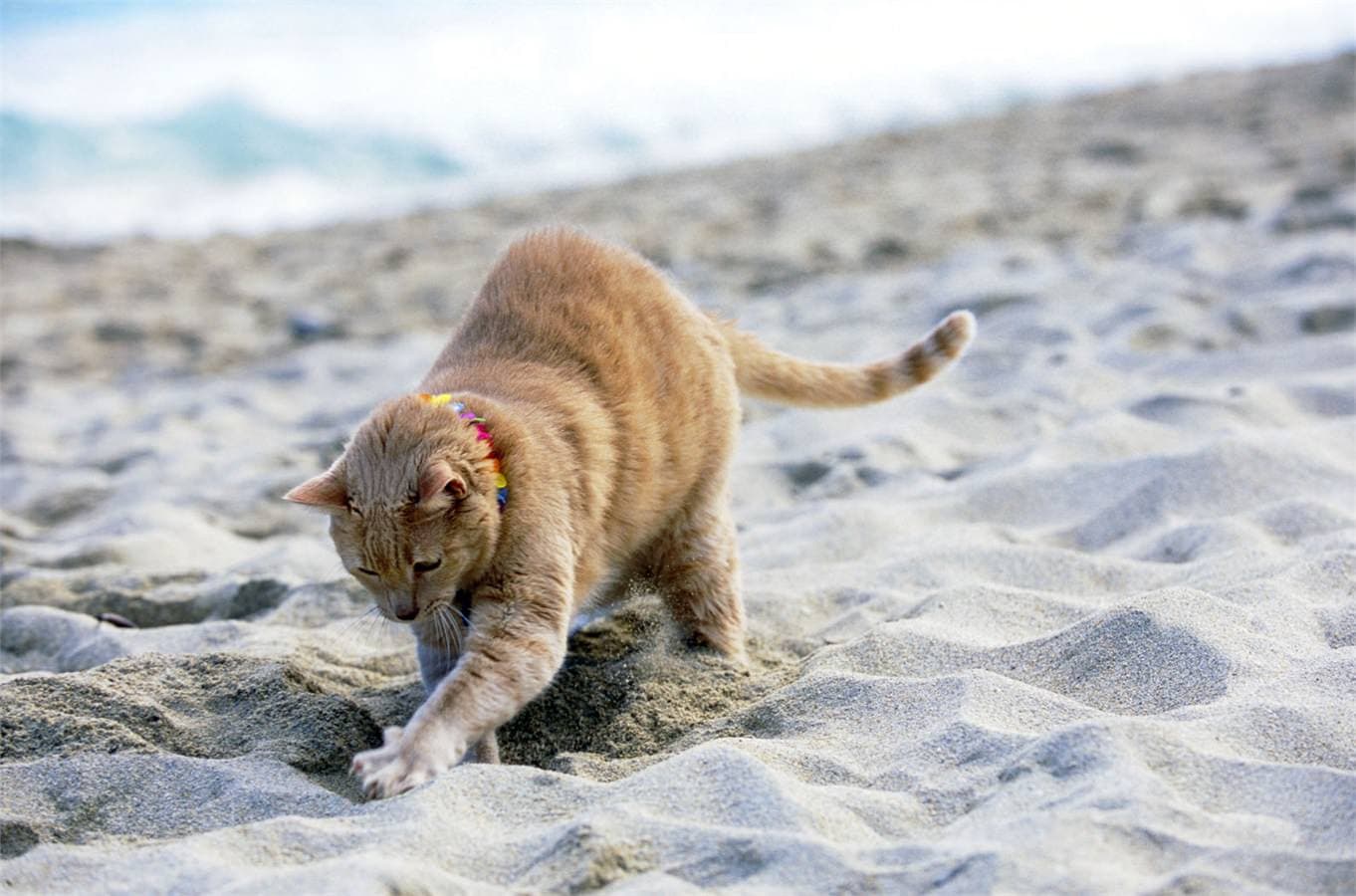
Wild cats bury their waste to hide their scent from predators and to blend in. If your cat refuses to do this, it might be experiencing health issues, anxiety, or dissatisfaction with its litter box.
Why Do Cats Target Our Feet?
When you’re lounging and trying to enjoy some space for your legs, the last thing you need is your cat launching itself at your feet.

Cats pounce on feet as part of their natural play behavior. It’s not aggression; they’re simply honing their hunting skills. Distracting them with a toy can save your feet from the sudden surprise.
Perfecting the Art of Relaxation
Cats have mastered the art of lounging like royalty. They rest as if they own the place, and when they do, they look absolutely stunning with all their fluff on display. This comfort shows how much trust they have in you.
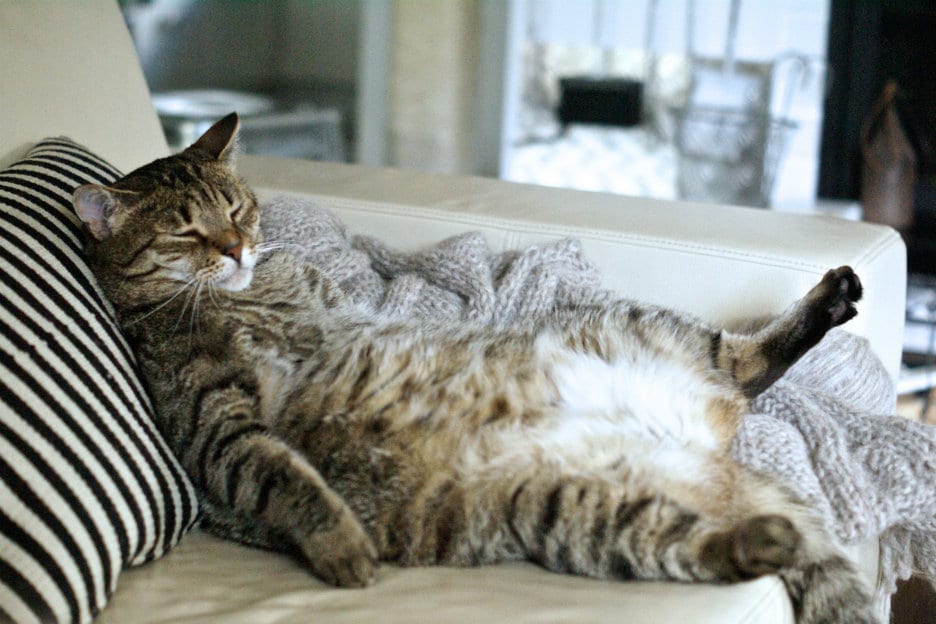
When cats expose their belly, they are displaying vulnerability and trust. If they do this frequently, it’s a sign that they feel completely at ease in your presence.
Getting High on Catnip
Catnip, a leafy plant related to mint, has a strange effect on some cats, making them go wild. It’s not just domestic cats; even big cats like lions and tigers can get buzzed from it.

The chemical Nepetalactone in catnip stimulates their noses, leading to a joyful reaction in about 70% of cats. During their high, they become extremely playful, drool, and make quirky sounds.
The Soothing Purr
There’s something deeply satisfying about hearing your cat purr contentedly. When they arch their little bodies while purring, it’s even more comforting—such small joys in life.
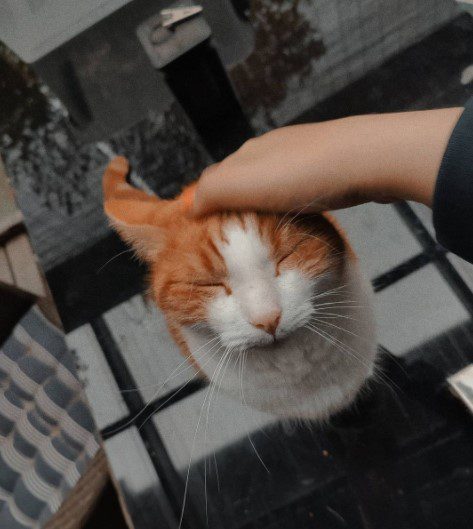
Purring doesn’t only indicate happiness. Cats also purr to soothe themselves when stressed or anxious, and the calming vibrations help both them and their owners feel more at ease.
Always Landing on Their Feet
Cats have an incredible ability to land on all fours when they jump or fall. This is due to extra vertebrae in their spine, allowing them to twist and control their body during landings.
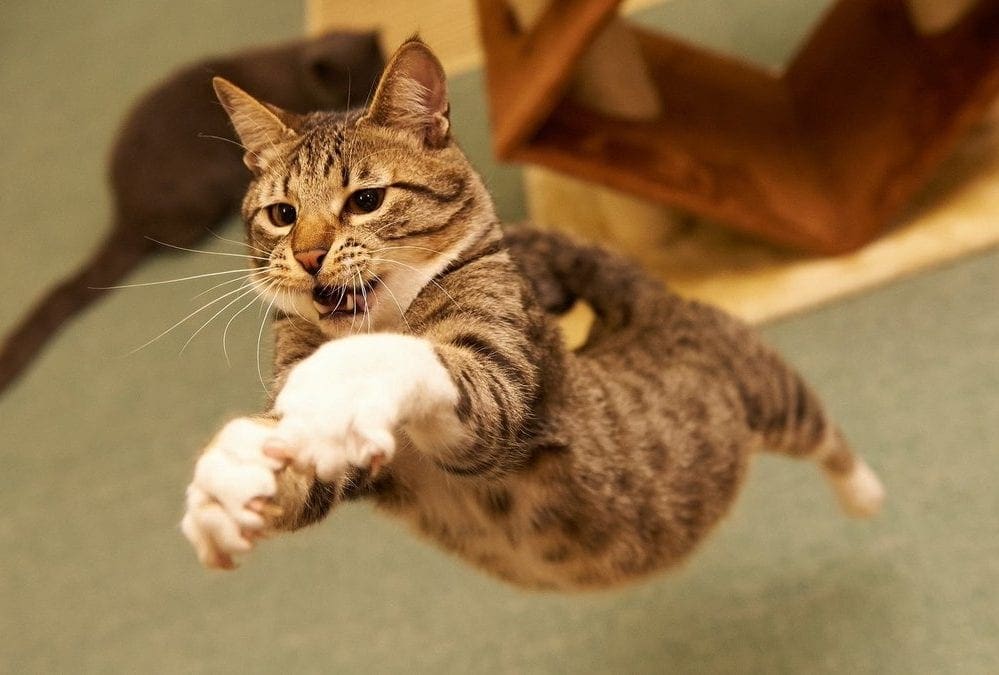
This natural ability is honed by the time they’re six to seven weeks old, with their lightweight bodies and perfect balance making them acrobatic experts.
Ear Movements
Cats are highly expressive through their ears, and the way they move them can give clues to their mood. If their ears twitch rapidly, it’s a sign that the cat is feeling unsettled, so it’s best to be cautious.
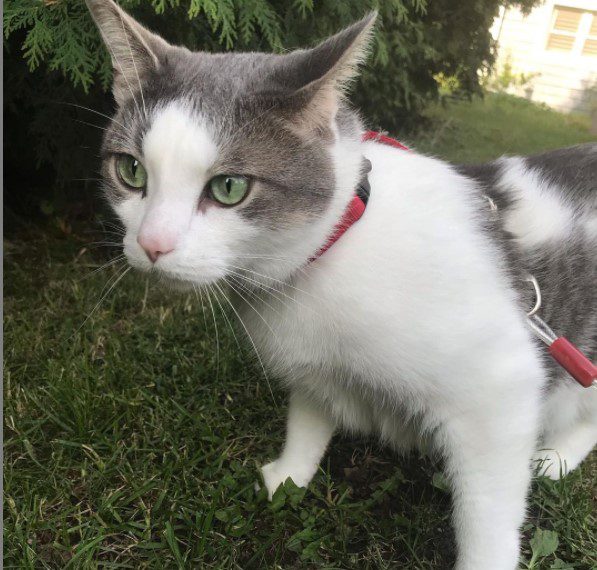
When a cat’s ears are forward, it’s a sign of contentment. If they flatten or point backward, the cat could be frightened or annoyed, and it’s time to tread carefully.
Grass-Grazing Felines
It’s often said that cats instinctively know what they need when they’re sick. But why do they chew on grass with such a sour expression?
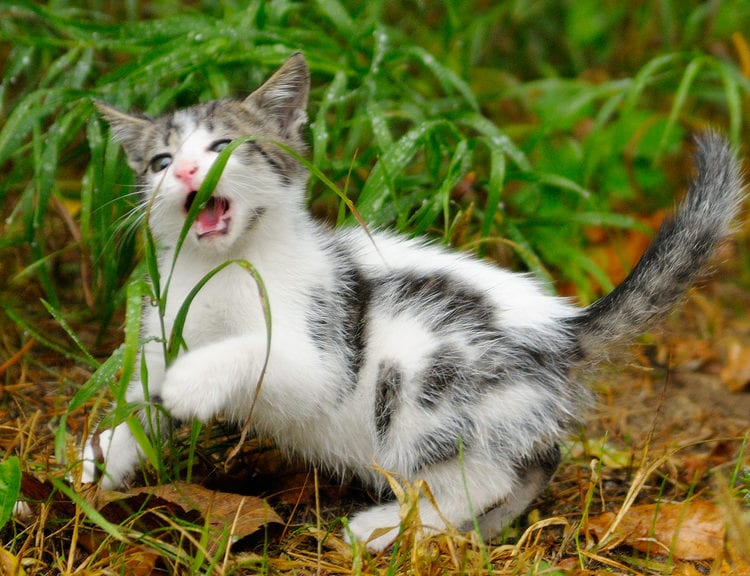
Cats eat grass to help with digestion and to self-purge. The grass also provides them with folic acid, a vital nutrient for their health, so always ensure it’s fresh.
Tail Flicking Means Caution
Unlike dogs, whose wagging tails show joy, a flicking cat tail is a sign to proceed with caution. If their tail swings back and forth, it’s a signal that your cat is upset.

If the tail is twitching or jumping, it’s more likely a sign of excitement and curiosity, so don’t worry—just enjoy the show.
Claws Out!
As natural-born hunters, cats come equipped with sharp claws and teeth. So when they bite, it’s not only painful but also can be puzzling.

Cats might bite out of frustration, fear, or playfulness. In the wild, biting is a common form of expression, and while it might hurt, it’s just part of their natural instincts.
Let me know if you’d like any further changes!
Things That Cats Love to Knock Over
Imagine you’re sitting calmly, working away on your task. Suddenly, you hear a loud crash, and there goes your water bottle, sent tumbling by your curious tabby. Mission complete!
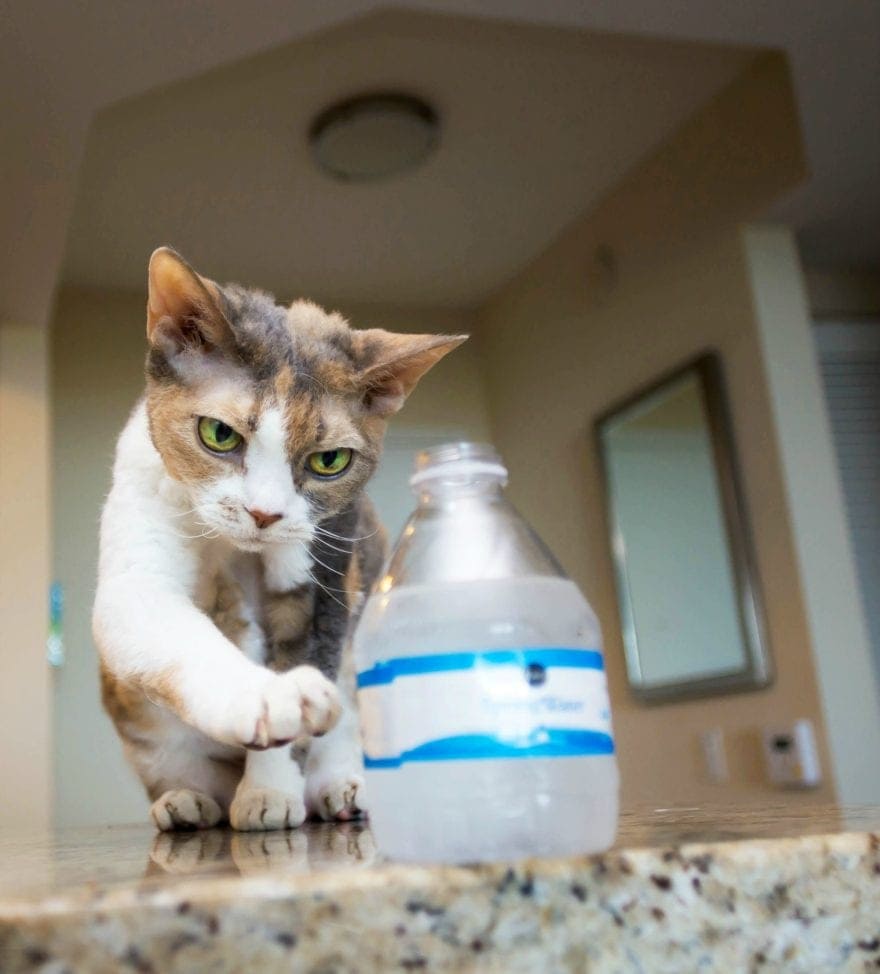
Experts say cats push objects off surfaces because of their natural hunting instincts. It’s a way for them to practice their skills by playing with “prey.” Additionally, they tend to get bored easily, so knocking things over is an effective way to grab attention with some noise.
Chewing on Their Claws
Nail-biting is a common habit among people, often triggered by anxiety or stress, such as before waiting for a big test result. But what about cats?

For felines, biting their claws is often a sign of nervousness or boredom, and it can also serve as part of their grooming routine. If your cat’s nail-biting becomes excessive, a visit to the vet might be necessary to check for infections or parasites.
Is That a Snake or a Punctured Tire?
It’s common knowledge that a hissing cat is one to approach cautiously. While hissing often signals anger, cats also hiss when they’re frightened or anxious. Let’s dive deeper into why cats make this sound.
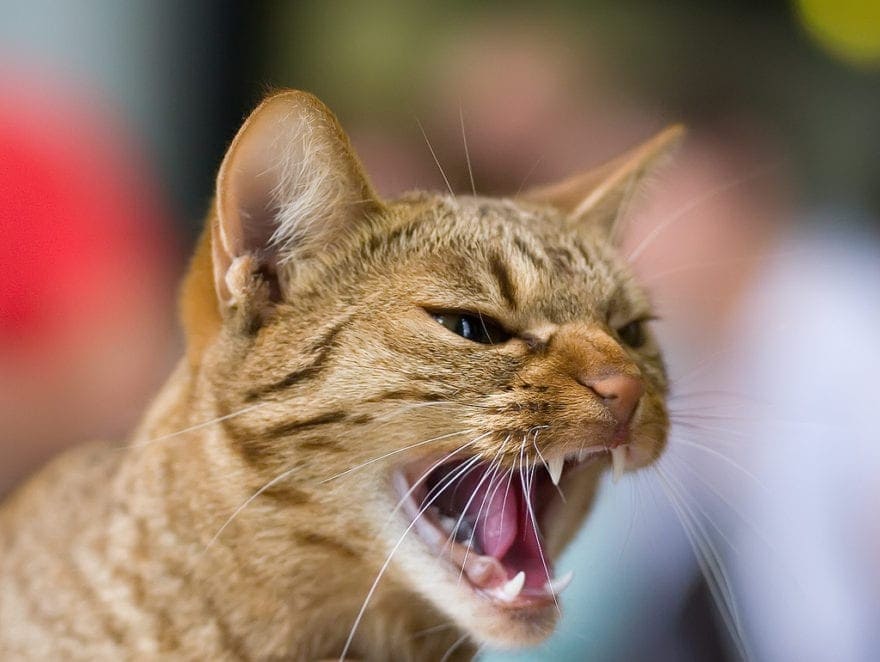
A cat may hiss if it perceives a threat, whether it’s a person or another animal. If your cat starts hissing, it’s best to give it some space to calm down. Don’t worry, it will be fine after a while.
The Scratching Frenzy
We’ve all heard of or experienced the horror of coming home to find your furniture destroyed by a scratching cat. But before you get mad, consider providing your kitty with a scratching post or toy as an alternative.
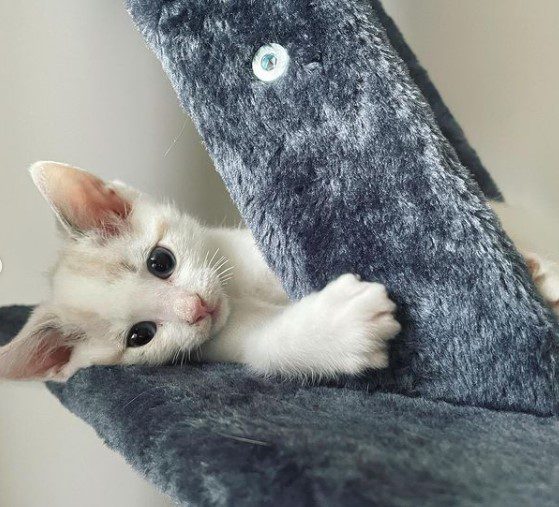
Why do cats engage in this destructive behavior? There are three main reasons: they shed old cells from their claws, mark their territory with scent, and stretch their bodies. It’s all natural, but if it’s becoming a problem, a scratching post is a good investment.
When the Litter Box Is No Longer Enough
Much like the unexpected “gifts” of dead animals cats sometimes leave behind, nothing can ruin a day faster than stepping in cat droppings outside of the litter box.
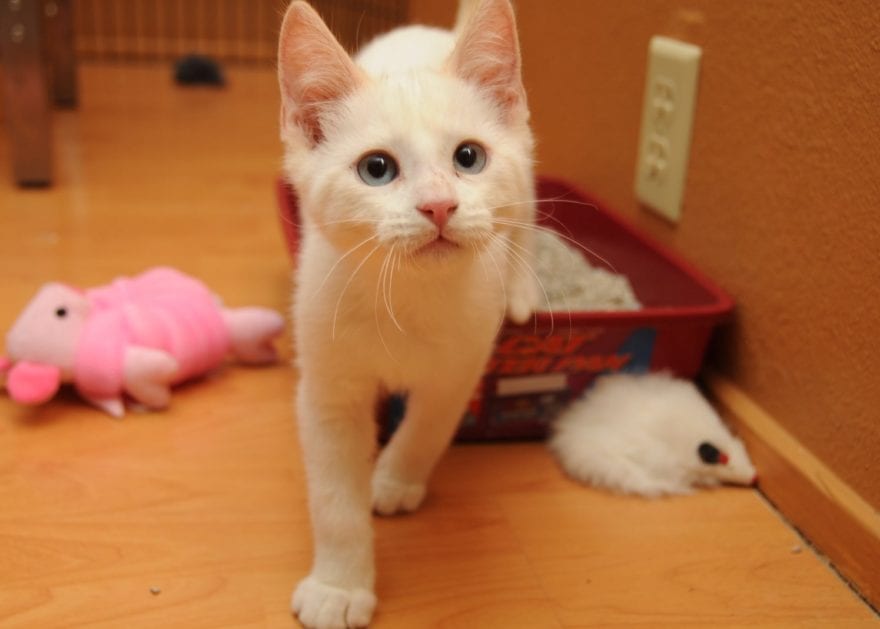
This behavior could indicate an issue. Perhaps your cat dislikes the litter or the location of the box. If the behavior persists even after making adjustments, it might be time to consult a vet.
Master of Stealth Mode
Cats are experts at sneaking around unnoticed, hence the saying “cat feet” for their almost silent movement. They glide through the house, staying hidden in the shadows and using furniture for cover.
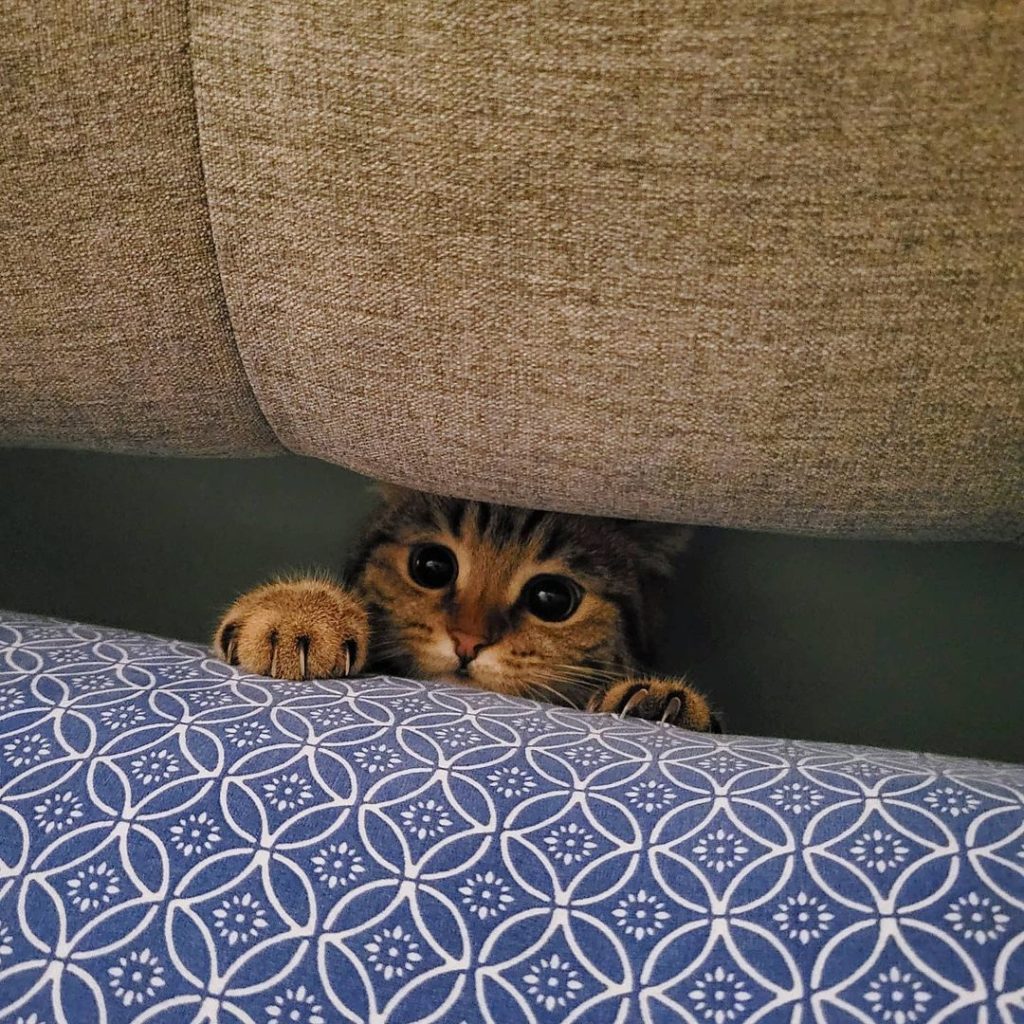
This stealthiness is hardwired into them, as they naturally possess the skills of a hunter. They use their ability to sneak around to capture your attention, whether it’s for food, catnip, or just some playtime.
Cuddling Up on Your Chest
When a loved one rests their head on your chest, it’s often a sign of deep trust. Cats do the same thing, finding comfort in the warmth and rhythm of your breathing.
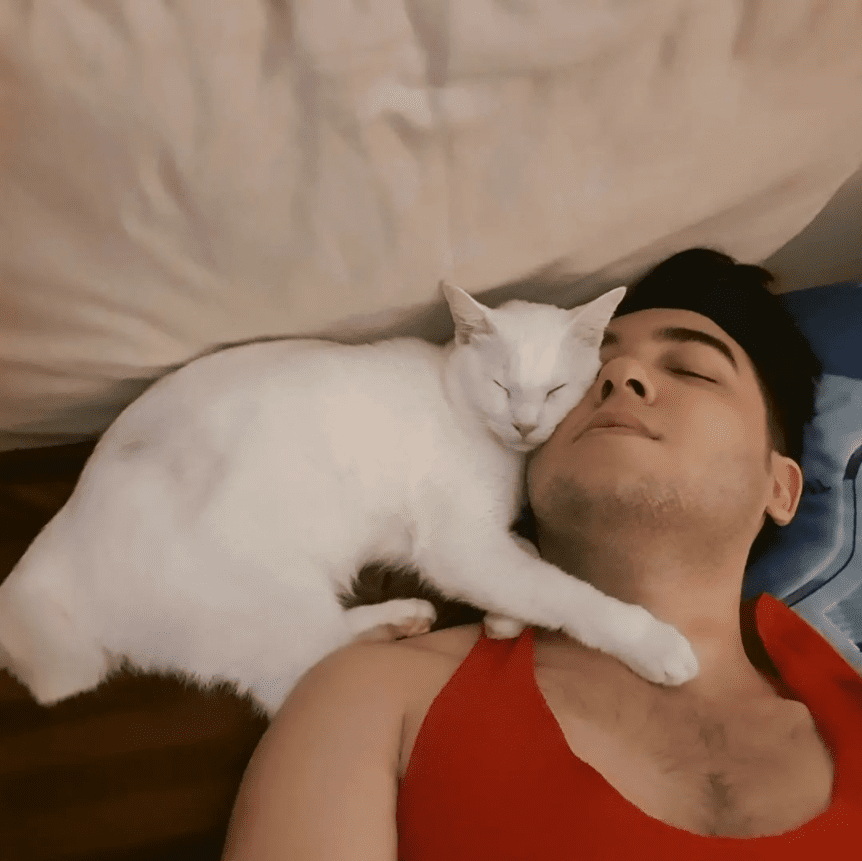
The warmth from a human chest is soothing to cats, as it gives them a sense of security. They’re also comforted by the sound of your heartbeat, which helps them drift into a peaceful slumber.
The Loveable Headbutt
If your cat nudges your face or gently headbutts you, it’s not an act of aggression. Instead, it’s a sign of affection and trust, according to experts.

By rubbing their head or body against you, cats are marking you as “safe” by transferring their pheromones onto you. This behavior, known as “bunting,” is a cat’s way of saying they’re comfortable and content with your presence.
Not All Cats Hate Water
The belief that all cats hate water is a misconception. In reality, some cats are drawn to water and spend a lot of time around it. Wild fishing cats from Asia serve as a prime example of this myth being busted.
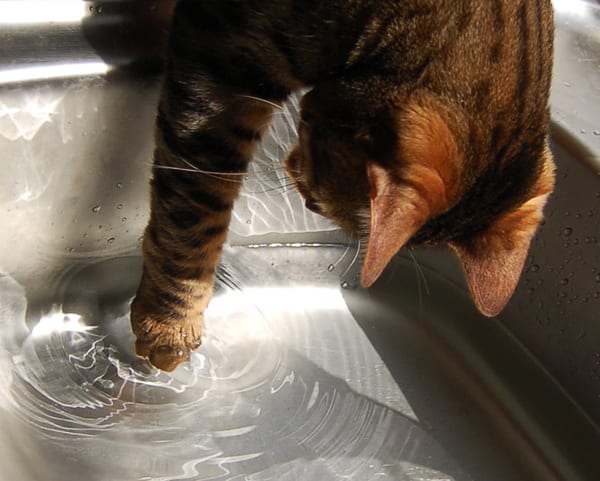
Cats often paw at water, not out of fear but simply to have fun. Some cats prefer drinking from fresh sources and may paw at water to mimic its natural flow, ensuring it’s aerated and fresh. Talk about fancy taste!
The Arching Back Phenomenon
Just like humans enjoy a good back scratch, cats adore it too. You’ve probably seen a cat raise its back end in response to a good scratch – it’s their way of showing appreciation.
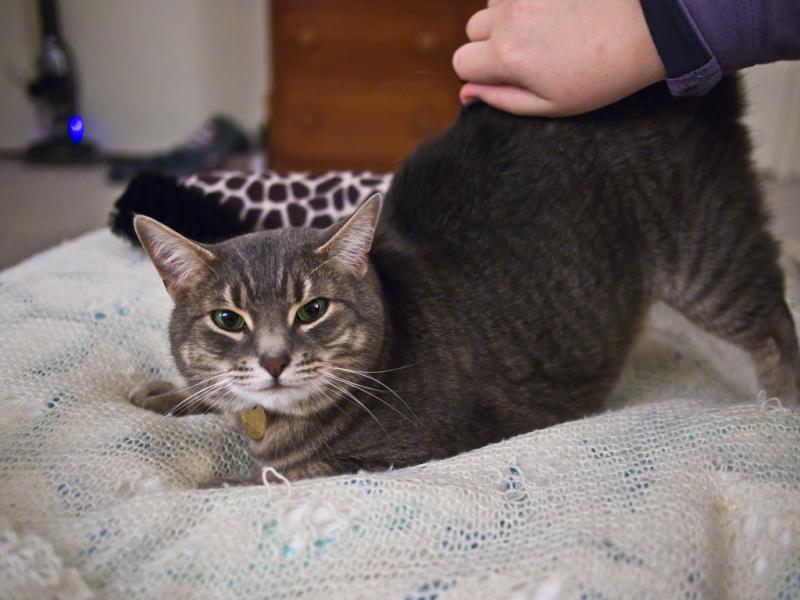
When your cat arches its back during a scratch, it’s signaling that you’ve found a spot it loves. Consider it high praise, as your cat’s trust in you has earned you a place in their good books.
When Cats Get Vocal
Cats are great at getting what they want, whether through purring, rubbing, or their signature “puss in boots” look. But if all else fails, they’ll make sure their demands are heard with a loud meow.
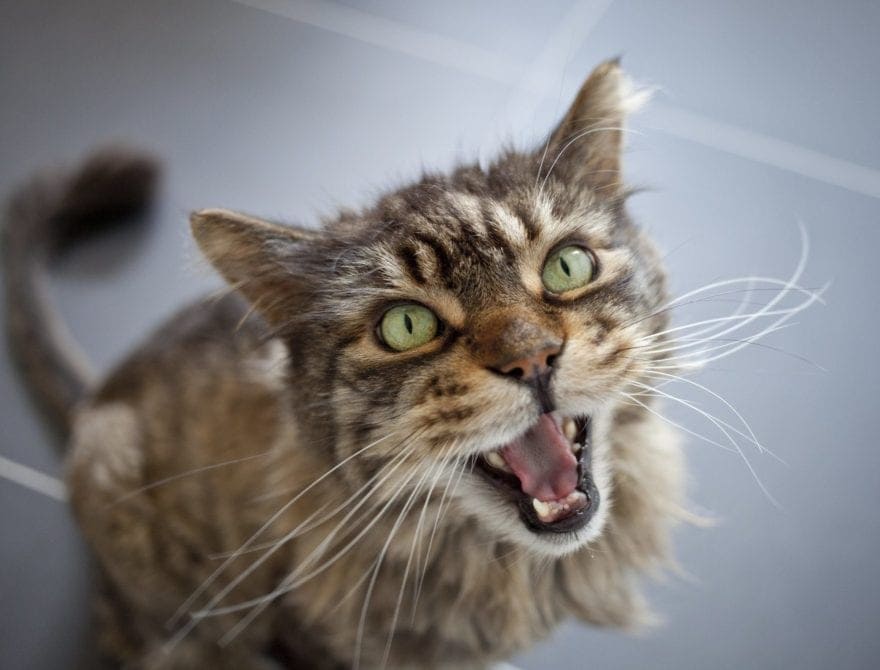
Cats meow for various reasons, such as hunger, being stuck, or wanting attention. However, if they meow persistently, it could indicate discomfort or loneliness. It’s a good idea to check with a vet if the behavior continues.
Cat Stretching Routine
Stretching is an excellent habit to develop and maintain. It’s beneficial not only before and after exercise but also for promoting mobility and joint health. No wonder cats are often seen stretching throughout the day.

Cats stretch to get their circulation flowing after periods of rest, increase their blood pressure, expel impurities, and simply because it feels good. Given how much cats sleep, it makes sense they would need to stretch frequently.
Curling Up for a Nap
When it’s cold outside, cats curl into tight little balls to keep warm while they sleep. This position also offers the best protection for their vulnerable stomachs and internal organs, keeping them safe while resting.
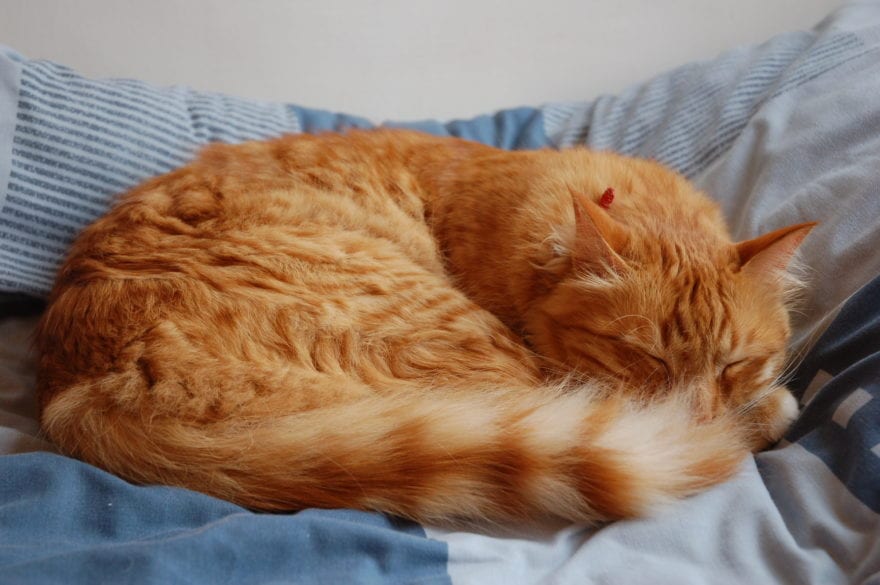
This instinctive curling behavior stems from wild cats’ need to stay warm and comfortable. Even with a soft cushion provided, many cats still follow this natural habit when sleeping.
Standing Tall: The Puss in Boots Pose
It’s not something you see every day, but when a cat stands on its hind legs, it can appear quite strange. We’re used to seeing dogs in this position, but when cats do it, there’s a reason.

In the wild, if a cat faces a threat with little chance of escape, it may stand on its hind legs to appear larger and more intimidating. So, unless it’s reaching for something, it’s best to keep your distance.
Quiet “Meowing”
Cats don’t just make noise aimlessly—they’re trying to communicate something to you! Pay attention, as their soft meows often carry meaningful messages. Who could resist those cute little “mews”?
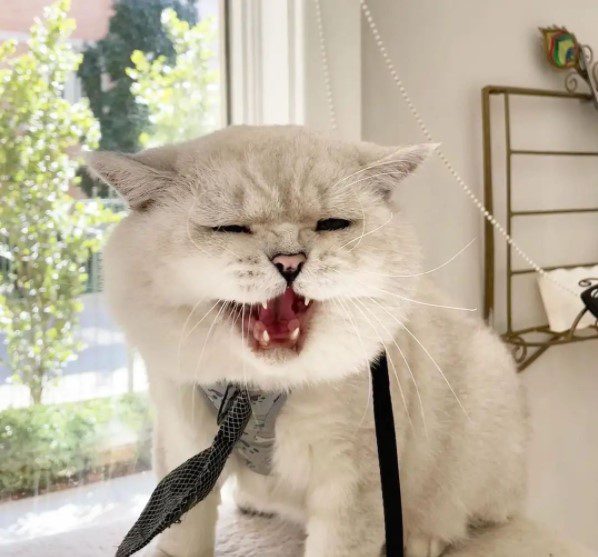
A gentle meow usually means a greeting or a request for affection. If a cat approaches you while meowing, offering a head and back rub will likely result in a very content kitty.
Drinking Straight from the Tap
Cats have a weak thirst instinct, meaning they may become dehydrated without realizing it if fresh water is unavailable. However, some cats are so picky that they’ll prefer drinking directly from the tap over using a water bowl.
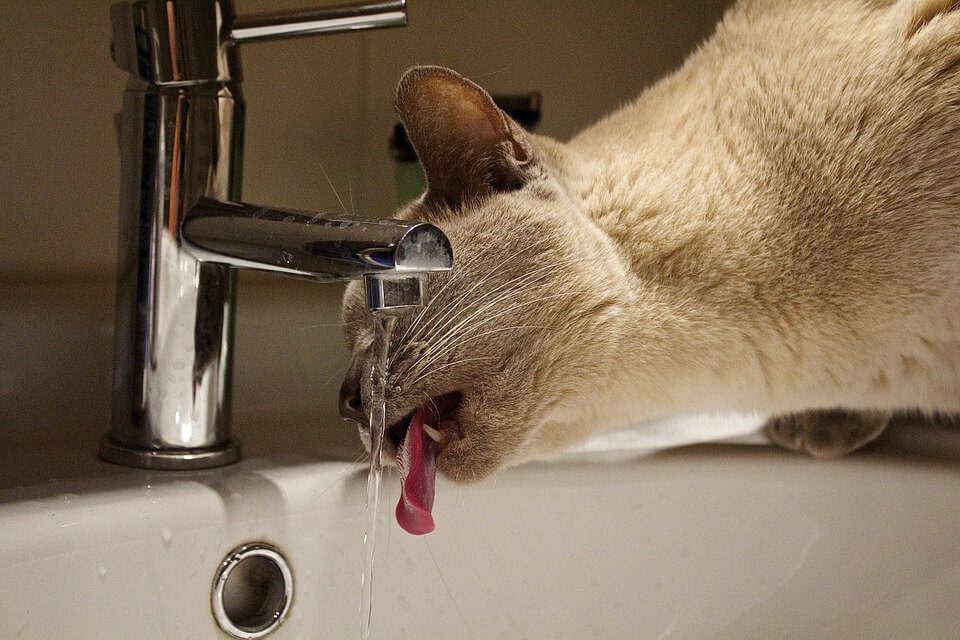
This preference comes from their ancestors, who instinctively sought flowing water over still water. After all, who wouldn’t prefer fresh, clean water when thirsty?
Letting Loose: The Zoomies
Have you ever witnessed a cat darting around the house like a maniac right after using the litter box? Congratulations—you’ve observed what researchers call “the zoomies.”
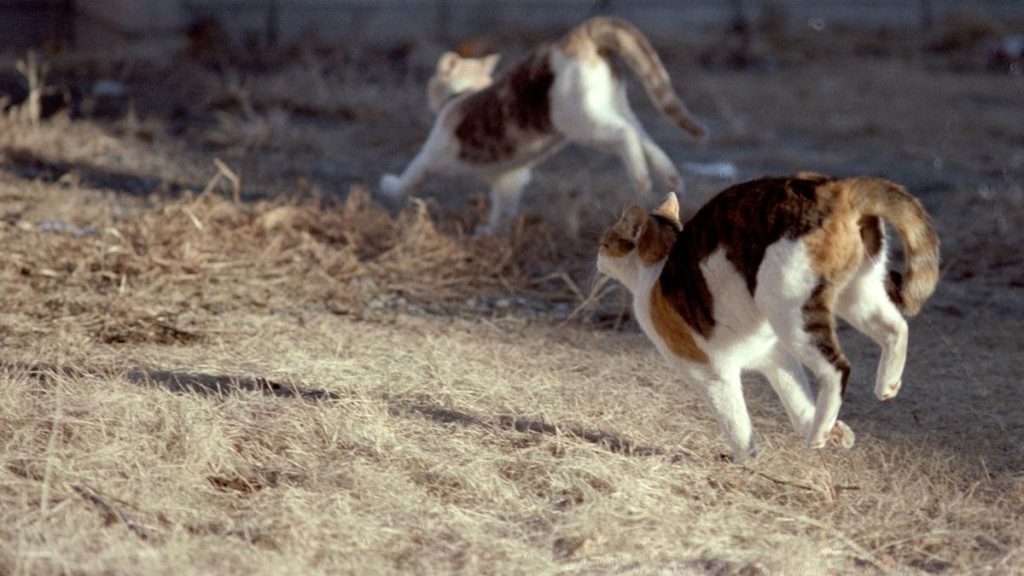
While it may look like a funny, frantic dash, there’s a survival reason behind it. Cats zoom around to put distance between themselves and their droppings, minimizing the risk of predators catching their scent.
Is That You I See?
If you’ve watched a documentary on lemurs, you may have noticed them walking on all fours with their tails raised like flags. Cats exhibit a similar behavior—what does this mean?
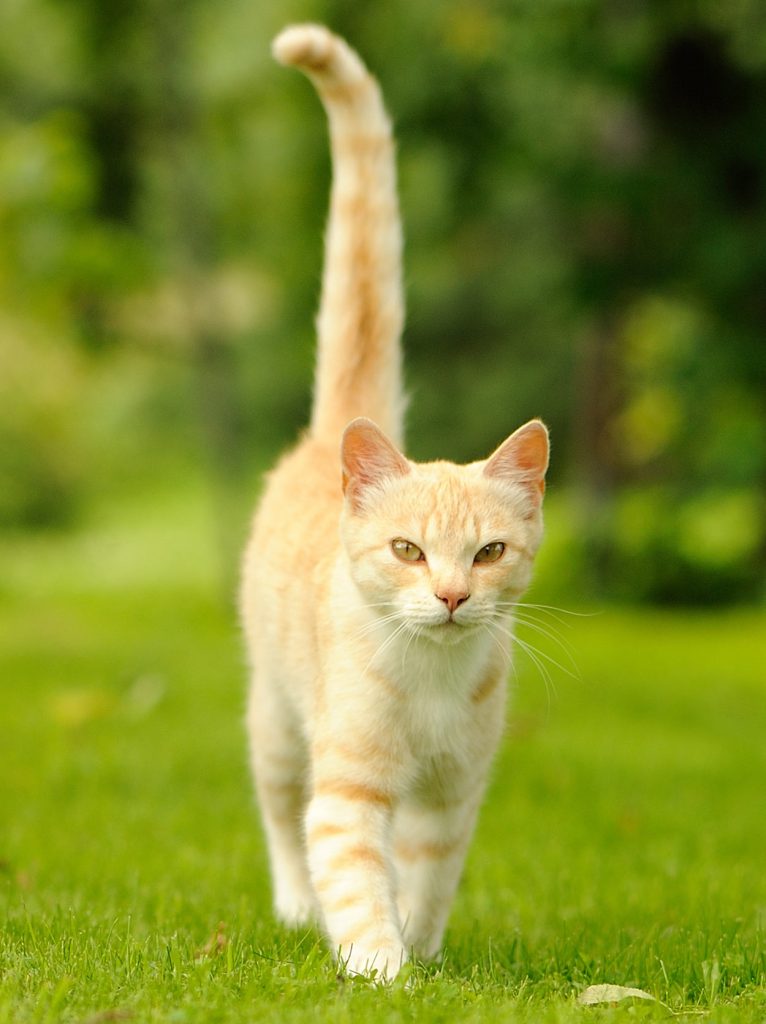
When a cat holds its tail high, it’s an expression of affection and anticipation. It indicates that the cat is happy to see you and appreciates your presence. The best response? A good cuddle!
Tail Wrapped Around You
Cats have a variety of ways to communicate, from vocalizations to body language. When they wrap their tail around you, it’s a powerful sign of affection.
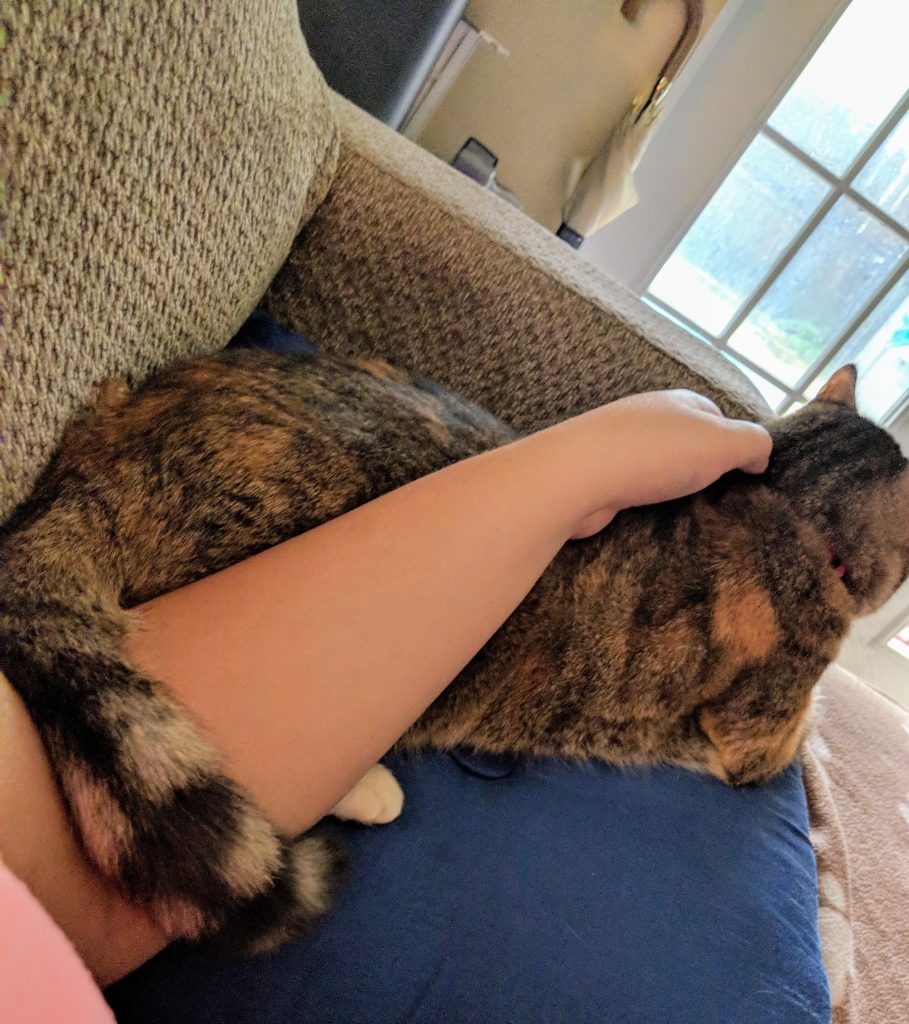
By wrapping their tail around you, cats not only convey closeness but also mark you with their scent, signaling that you’re an important part of their world.
The Low-Hanging Tail
When a cat’s tail droops low, it’s often a sign that they’re feeling uncertain or defensive. They may be preparing for whatever situation arises next.
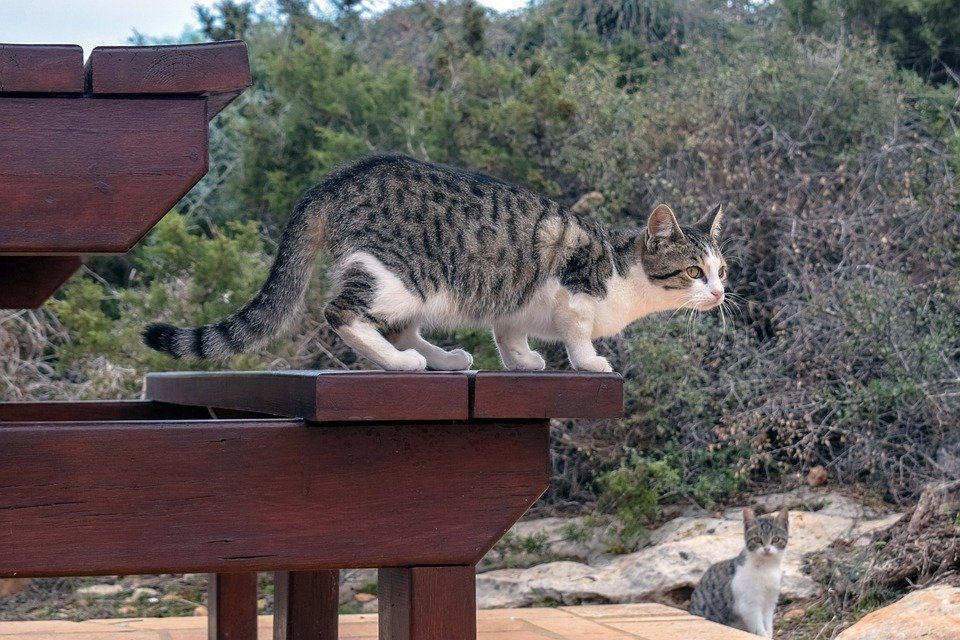
However, not all cats with low tails are in a defensive state. Some breeds, like Persians, lower their tails during play. So, it’s important to understand that not every cat follows the same behavioral cues.

